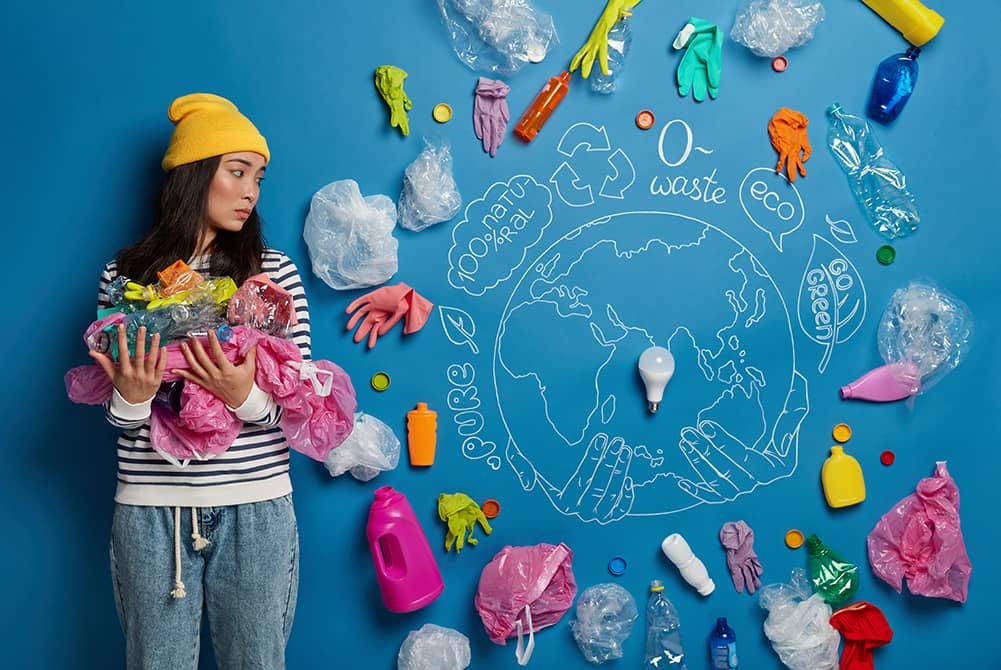
Finding ways to reduce your plastic waste is important in the fight against plastic pollution. There simple changes in your habits and lifestyle you can start today that can help the environment and reduce not only plastic but carbon emissions in the atmosphere as well.
If you are wondering what steps and changes you can start to reduce your plastic you put together a simple list with changes you can start today.
Ways to Reduce Your Plastic Waste
1. Avoid Single-Use Plastic Disposables Utensils

People are realizing the plastic pollution and some cities or countries are aimed at reducing plastic pollution by banning plastic bags or disposable utensils.
Non-plastic utensils are of better quality. Stop using plastic utensils and you will dramatically reduce the costs associated with consistently purchasing disposable items. A great way is to always keep a waste-free kit, including reusable bottles, utensils, and dishware somewhere that’s easily accessible.
There are even edible cutlery is a fairly new alternative to plastic utensils. This is getting more popular in the United States and is currently made into spoons at this point from a flour mix of rice, jowar (sorghum), and wheat.
2. Avoid Bottled Water

If you are just starting in sustainable living a reusable water bottle can help save a lot of money in the long run and help reduce plastic waste. This is great for traveling especially in airports where you can refill from the water fountains.
There are many brands that you can choose from and this is a simple change that will make a big difference. Single use plastic bottles are one of the main contributor to plastic pollutions. You can help fight the plastic pollution where a million plastic bottles are used every minute around the globe and the number will increase another 20% by 2021, according to TheGuardian.
Every day millions of plastic water bottles are sold worldwide. Imagine toons of these plastic bottles end up in the landfill or in the ocean.
3. Skip the Plastic Straws
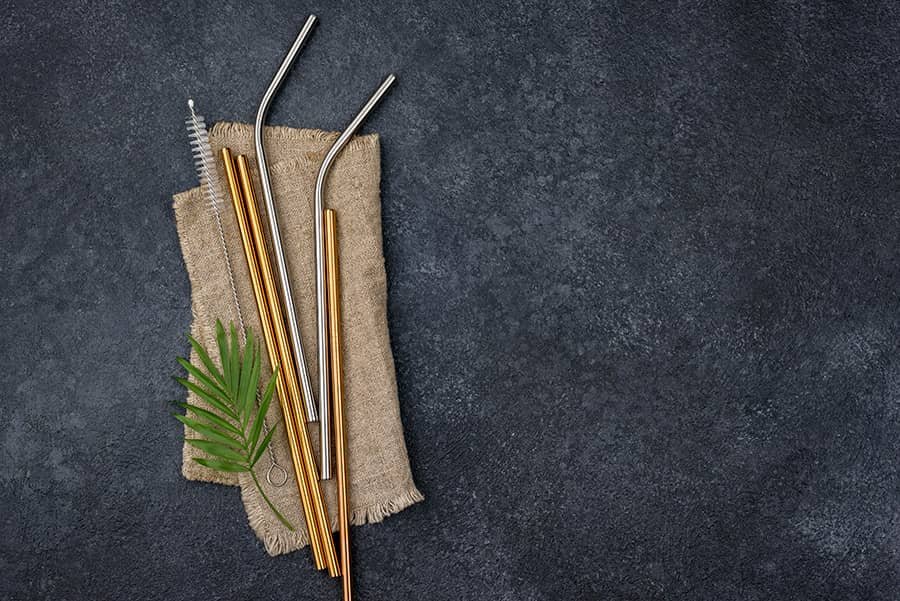
Plastic straws can produce an enormous amount of plastic pollutions which ends up in the ocean and threatens marine life. A quick shocking fact is McDonald’s use 1.8 million straws a day in the UK alone. Some countries such as Taiwan is planning a ban on single-use plastic items including shopping bags, straws, and cups by 2030.
Plastic straws are used one time for a just few minutes and then end up and pollute the ocean. It can take up to 500 years for plastic to decompose, depending on the material and structure. There alternatives to plastic straws such as stainless steel, glass and bamboo.
Plastic straws are non-biodegradable, and they also aren’t accepted by recycling facilities. They can be mistaken for food by marine animals and clogs up their digestive systems, leading to their death.
4. Get Better at Recycling

Getting better at recycling will reduce the amount of trash that ends at the landfill. If you remember when China stopped taking recyclables from the U.S., it shows truly how bad is the recycling system in America.
“We’ve really done it to ourselves. We were sending them lots of garbage, and they rightfully closed their doors.”
Tori Carle, waste reduction supervisor for the city of Greensboro.
According to the EPA report from 2017, Americans generated 267.8 million tons of trash and only 94 million tons were recycled/composted. 75 percent of the US waste can be composted or recycled, estimated by the Environmental Protection Agency (EPA) but only over 34 percent of it done. In many countries for example Austria and Germany are recycling or composting around 63 percent of their waste, while in South Korea is over 83 percent!
GreenLivingTips.com has created this helpful cheat sheet for recycling plastics in your area, that can help you know what can and can not be recyclable.
If you still have doubts about plastic pollution the documentary movie A Plastic Ocean can change that. Watch the A Plastic Ocean trailer below from Craig Leeson and Tanya Streeter and a team of international scientists. This documentary took over 4 years to be produced and it is filmed across more than 20 locations.
5. Use a Reusable Coffee Cup
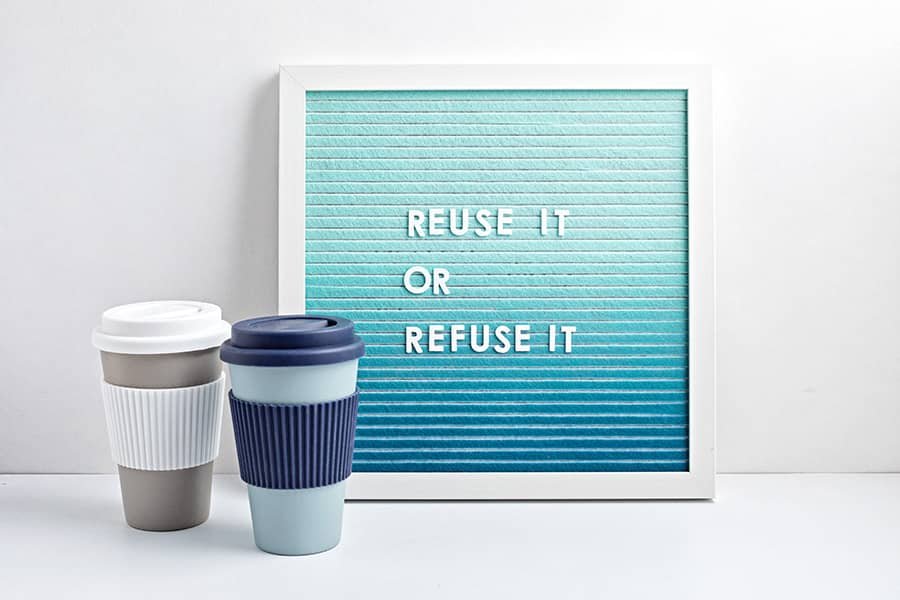
Most people don’t know but disposable coffee cups are not recyclebale, they contribute to the masses of waste we produce every day. You need a special recycleble plant to able to process the disposable used cups. And unfortunately more than 99.75% don’t get recycled.
Paper coffee cups have ink placed on the outside of the cup, like logos and customer names, soak into the fibers, and are generally coated only on the inside of the cup. To remove this ink from the fibers, the cups need to be treated with an additional process to remove it which requires extra processing, energy, water, and expense. You can easily reduce your waste by using a reusable travel mug with you for takeaway coffee or tea.
A thin layer of 100% oil-based polyethylene plastic is placed on the Starbucks paper cups which makes the cups impossible to recycle.
6. Choose Sustainable Bathroom Products

One place where you’ll find so many single-use plastic bottles, tubs, and tubes is the bathroom. Today you can find many sustainable products such as conditioner, shampoo, and shaving creams either in cardboard boxes or in a bar form. many brands are also focusing on not using plastic packaging for their products.
A simple step is just to start using soap and shampoo and conditioner bars instead of plastic bottles, use bamboo toothbrushes instead of plastic, and instead of single-use cotton earbuds, you can be switch to more sustainable and biodegradable products made from bamboo. If you prefer the liquid versions, you can use companies that offer refiling and take your containers back to reuse them.
7. Replace Plastic Bags with Reusable Bags
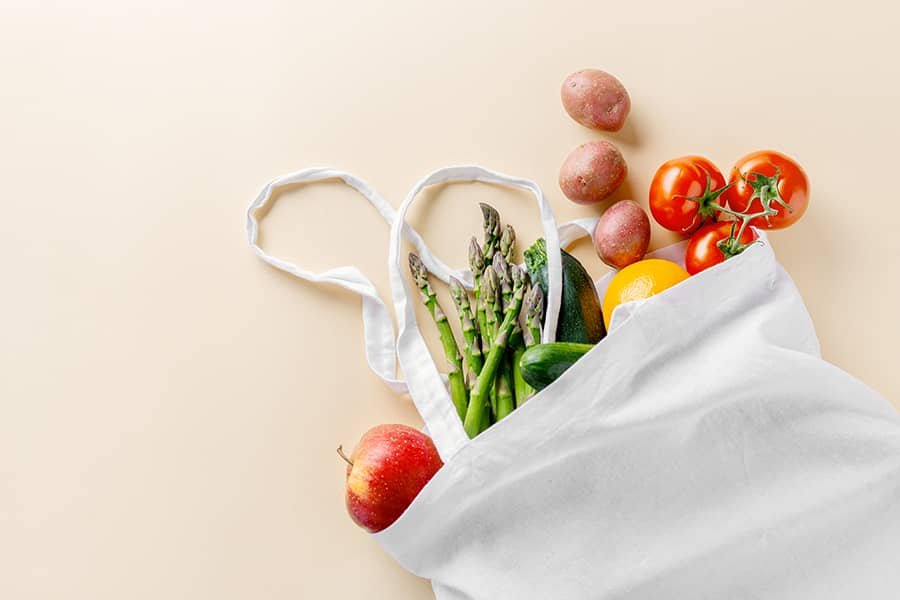
Another important but simple thing in our ways to reduce your plastic use list is to replace the plastic bags with reusable or paper bags. Reusable bags are more appealing for additional reasons such as stronger, stylisher, and you can use them for many shopping trips. For example, the average reusable bag has a lifespan equal to that of more than 700 disposable plastic bags.
You can find plastic bags almost everywhere – plastic bags clog up the water drainage systems and pollute the landfills, hurt animals and fish, contaminate water. Most of the recycling programs do not even accept plastic bags or do not actually have a proper way to handle them.
8. Switch from Disposable Diapers to Cloth

Disposable diapers that make 2 % of all our garbage – 49 million diapers a day are used by Americans or about 96 percent of American babies wear disposable diapers, while in India only 2 percent, and in China, only 6 percent do.
Cloth diapers cost less and can save you money in the long run, and do not produce nearly as much waste as disposable diapers. And you can combine cloth diapers with eco-friendly, non-toxic diaper bags. According to MotherJones, by age 2 1/2 the average infant uses 3,800 diapers, which adds to the carbon footprint and it can be avoided by using organic diapers.
Small steps still make a difference and can help us reduce the millions of tons of disposable diapers.
9. Switch to Natural Fiber Clothing
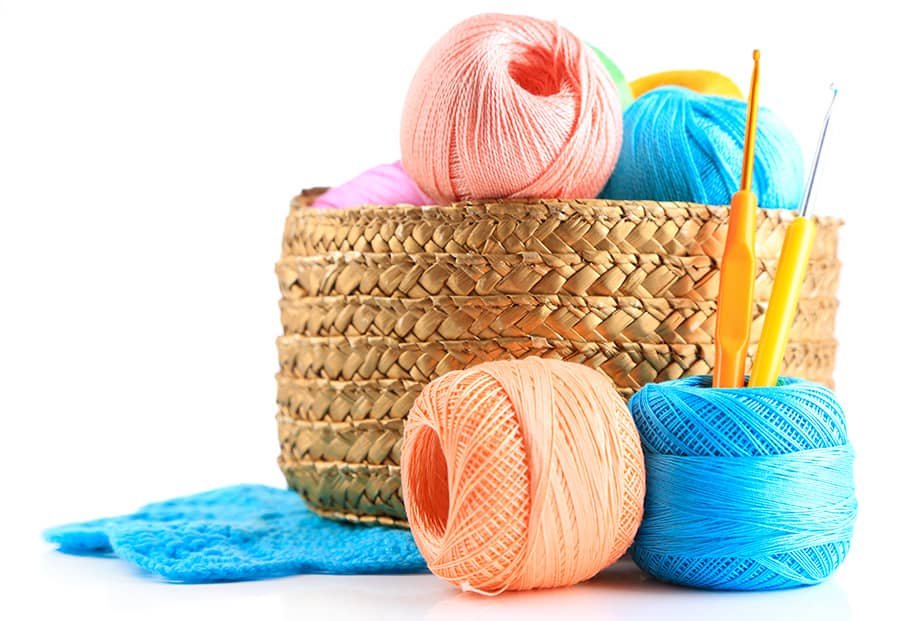
Examples of plastic fabrics are synthetic materials such as polyester, spandex, and acrylic, the most used fabrics for constructing cheap fashions. Every time you wash your clothes you release thousands of tiny plastic fibers which are called microplastics and end up through the wastewater in the ocean. Microplastics are tiny particles invisible to the eye and pollute the environment and treat the marine life of the oceans.
Natural fiber clothing is made from natural materials such as cotton, linen (made from flax), silk, wool, cashmere, hemp or jute. 100% cotton clothes hold up much longer wearing compare to synthetic clothes.
10. Use Glass Containers for Storing
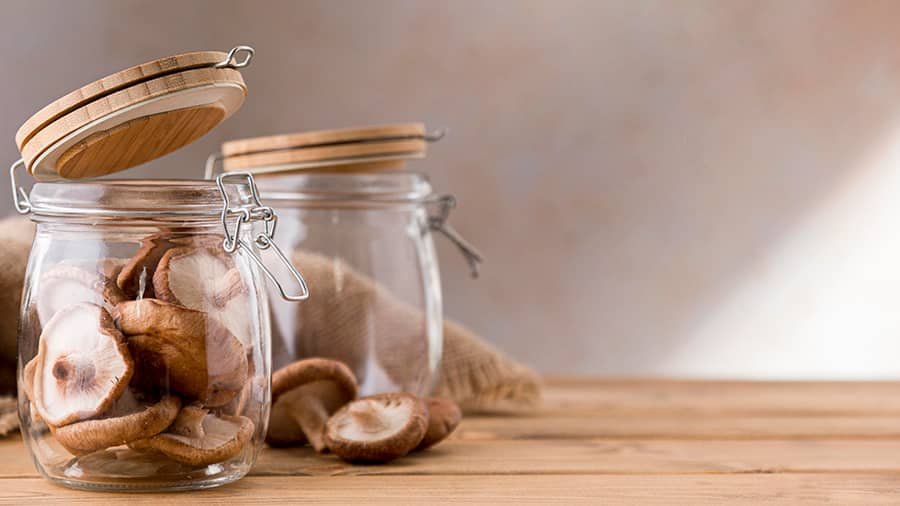
According to a survey, food products packaged in the glass had a higher level of pleasantness than the same product stored in plastic. According to the Environmental Protection Agency (EPA), just in 2010 alone, the U.S. generated almost 14 million tons of plastic containers and plastic packaging.
Plastic containers can absorb and retain odor. Mason jars are a great choice for your fridge shelves or pantry.
Glass storage containers last longer than plastic ones and help reduce landfill waste as well as save energy on the inefficiency of plastic recycling. Another concern with plastic container use is the health risks when plastics are heated, especially due to the substances bisphenol-A (BPA) and phthalates.
According to the ever-informative Environmental Working Group, BPA is found in polycarbonate plastic food containers often marked on the bottom with the letters “PC” recycling label #7.



